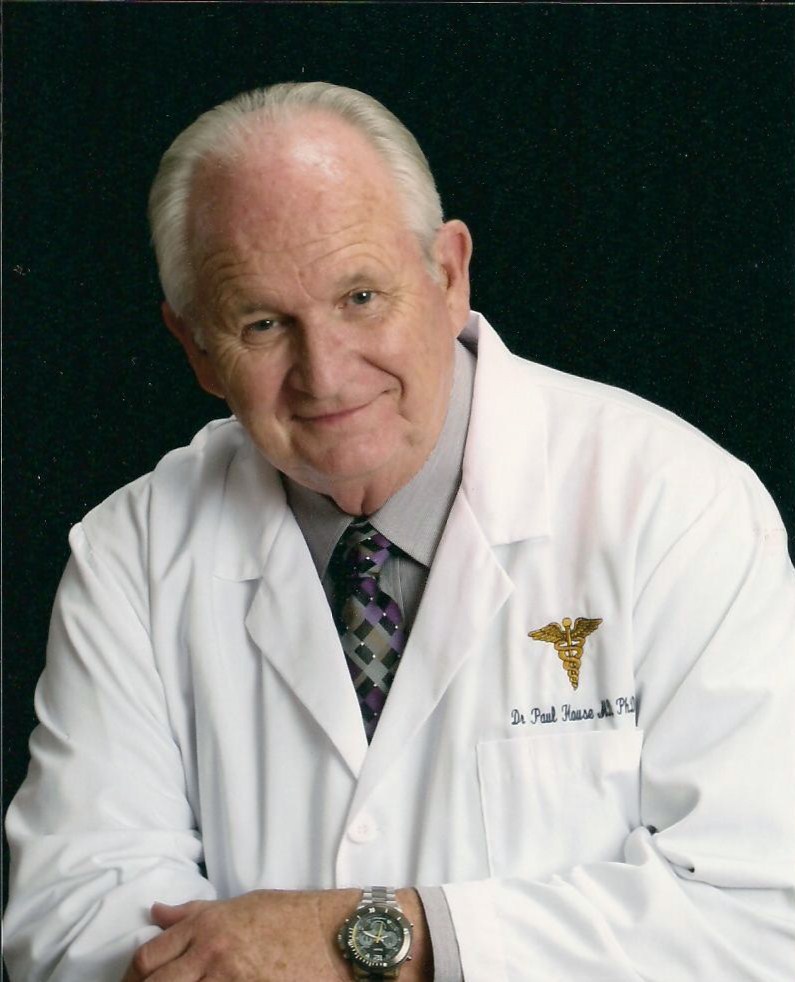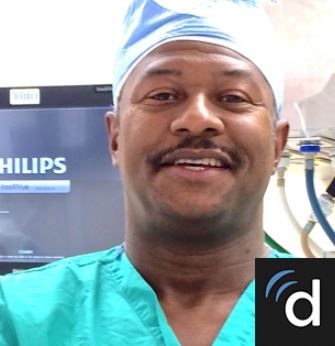“What is robotic surgery and how does it work?”
I have been reading a lot about robotic surgery and how it is going to be the future of healthcare. What does robotic surgery involve and how is it different from human intervention? Is it being practiced currently in some areas?
12 Answers
Currently, robotic surgery still requires that a surgeon is at the bedside. The robot is just a computer, but it does not have the capability to move on its own or to make decisions. The robot is a computer that mimics the movements of the surgery. The surgery attaches the arms of the robot to the instruments that are used for the surgery, which are very similar to laparoscopic surgery. The surgeon sits at a console and has 3 D vision (binocular vision), which allows the surgeon to see much better than what can be seen laparoscopically or in person. The surgeon places his or her hands into the controllers; and the movements of the surgeon are mimicked by the robot. This allows the surgeon to do the surgeon but with interactive and intuitive technology providing better results with vision, precision, and decreased pain for many patients.
Yes, it is being done in places all over the world. It is there to help the Doctor who is in charge of the surgery. I have used Robotic Surgery and it is a wonderful thing. I do not think it will ever replace a good doctor who is good at doing surgery. I think in the future there will be a lot of great things done that we do not do now. We can now and for a few years now been able to have a doctor in some other part of the world over something like Skype guide us through a surgery that we have never done before. I could go on with this but I hope I answered your question
Johann Potgieter
Surgeon
Robotic surgery is actually robotic assisted surgery. The surgeon uses a robotic arms to perform surgery whilst being seated in a console in theatre. The robotic system offers 3 distinct advantages namely. 1. 10 X Magnification of imaging 2. excellent maneuverability and range of movement of the "hands" of the robot and 3. Very fine control of movement without any tremor enabling one to do very fine surgery very safely. The most well known system is the Da Vinci Robotic system. It is used to do radical Prostatectomy, Bile duct surgery, Pelvic floor and pelvic surgery and can also be used for other abdominal surgery. The patient is prepared under general anaesthetic and the trocars are inserted through the abdominal wall muscles to provide access to the insides. The the arms of the robot are equipped with instruments and these are inserted into the abdomen by an assistant surgeon. The surgery can the commence with the operating surgeon sitting at the robotic console handling the arms via controllers. It is more costly than original laparoscopic surgery due to the costs of the Robotic system
Robotic surgery involves advanced laparoscopic surgery with local remote control of instrumentation. The robot essentially responds to the surgeon's hands, and therefore the surgeon is in control at all times. The advantage of the robot is the hi-definition, 3-dimensional, magnification of the operative field, and the flexibility of the robotic arms. Robotic surgery is currently practiced throughout the New York Tri-state region, with applications in general surgery, gynecology, urology, thoracic, and other surgical specialties.
Robert L. Plummer, M.D., F.A.C.S.
Robert L. Plummer, M.D., F.A.C.S.
Robotic surgery is basically another minimally invasive tool using a laparoscopic approach and instrumentation, which allows 7° of freedom using wrist instruments for surgery. Laparoscopy means using a camera in the belly and inserting instruments which are straight sticks. Robotic surgery uses instruments which are “wristed“ and allow for more precise technique. We use it routinely for low pelvic surgeries. It is being used for chest surgery, heart surgery, intestinal surgery, I nyc logic surgery, and abdominal wall reconstruction. It is not always appropriate as the best choice, but the patient should seek a surgeon who is experienced and has many options to offer the patient and who will choose appropriately and make those recommendations.
Throughout the robotic surgery, the surgeon sits at a special console. A very small 3D camera and dime-sized surgical instruments are placed inside the patient through tiny incisions. The camera gives the surgeon a magnified 360-degree view of the operative field. Using the console's hand and foot controls, the surgeon remotely moves robotic arms attached to surgical instruments. A second surgeon is positioned at the operating table to confirm the correct placement of the surgical instruments.
Robotic surgery is slightly misleading in the sense that it suggests a robot is doing the surgery. In fact, the reality is that the surgeon is doing the surgery utilizing the robot in the process. It is a newer technique which just like laparoscopic surgery falls under the umbrella of minimally invasive surgery. Many procedures have been successfully performed with the help of surgical robots.
Hi,
Robotic surgery is a tool that is utilized to perform surgery and gives us as surgeons a better tool to do different operations. It gives a 3-dimensional view, has wrists that simulate the surgeon's hand movements, and makes the surgery a bit easier and more precise. It is being widely utilized all around the world.
Robotic surgery is a tool that is utilized to perform surgery and gives us as surgeons a better tool to do different operations. It gives a 3-dimensional view, has wrists that simulate the surgeon's hand movements, and makes the surgery a bit easier and more precise. It is being widely utilized all around the world.
Robotic surgery is already a part of current healthcare, and will definitely be part of the future as well. Robotic surgery is NOT surgery performed by a robot without a surgeon present (i.e., the robot does not move on its own), but rather the use of a robotic platform that is controlled by a certified surgeon to perform an operation. The robotic platform allows the surgeon to use small incisions to perform operations in the chest, abdomen, or pelvis, as well as occasionally in other locations. There are advantages to the use of the robot in certain operations. Like any intervention, the use of the robot requires careful application by trained individuals. The major benefit is giving an option of minimally invasive surgery where there otherwise might not be a good option.
Robotic surgery is also known as robotic-assisted laparoscopic surgery. The Da Vinci robot made by Intuitive is a special machine that is controlled completely by the surgeon who is sitting at a console. It is a special way to do minimally invasive surgery. Studies have not yet been conclusive as to the full range of benefits, but the thought is that it can decrease post-operative pain and allow the patient to return to work faster. In my extensive use of the technology, I believe that allows me to perform more operations with a minimally invasive technique, rather than performing an open operation with a large incision. Any procedure that can be done with a traditional laparoscopic approach can also be performed using robotic-assistance. At no time does the robot work autonomously; the four arms are always under the control of the surgeon.












